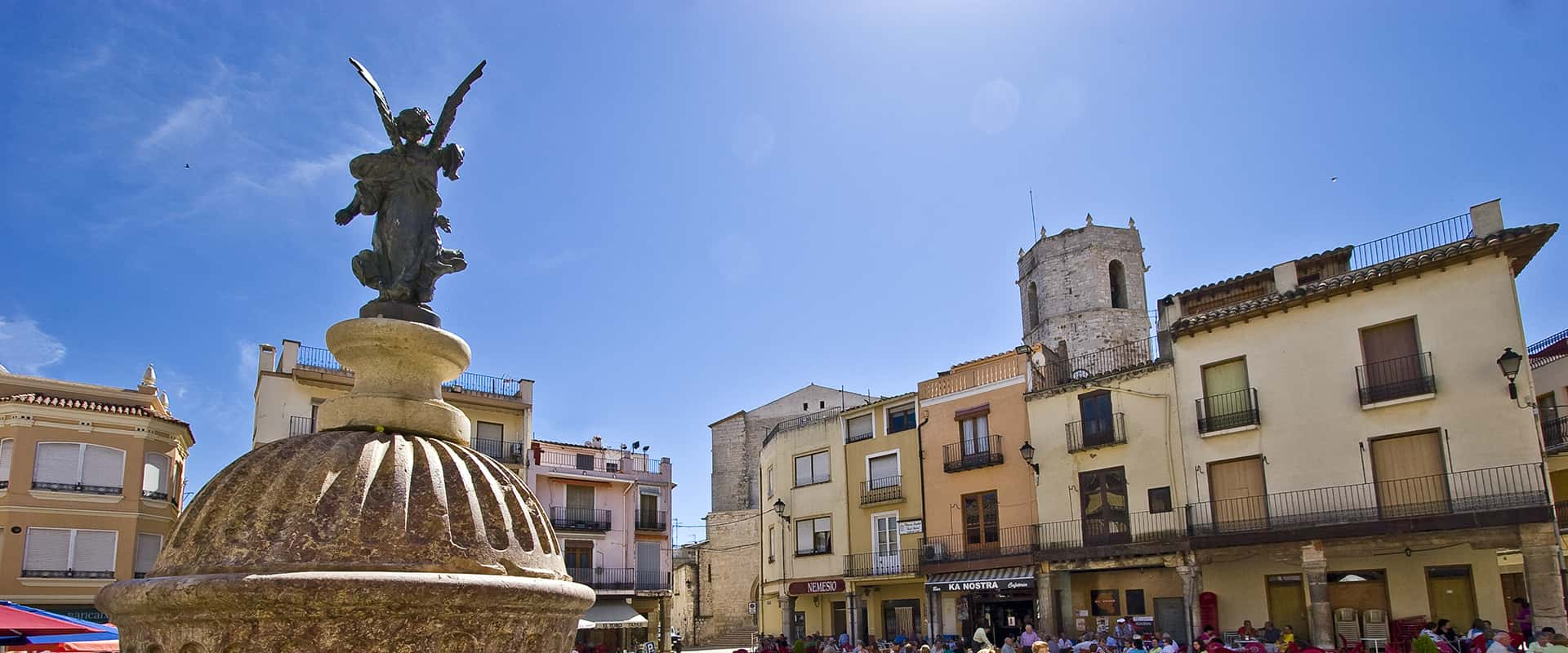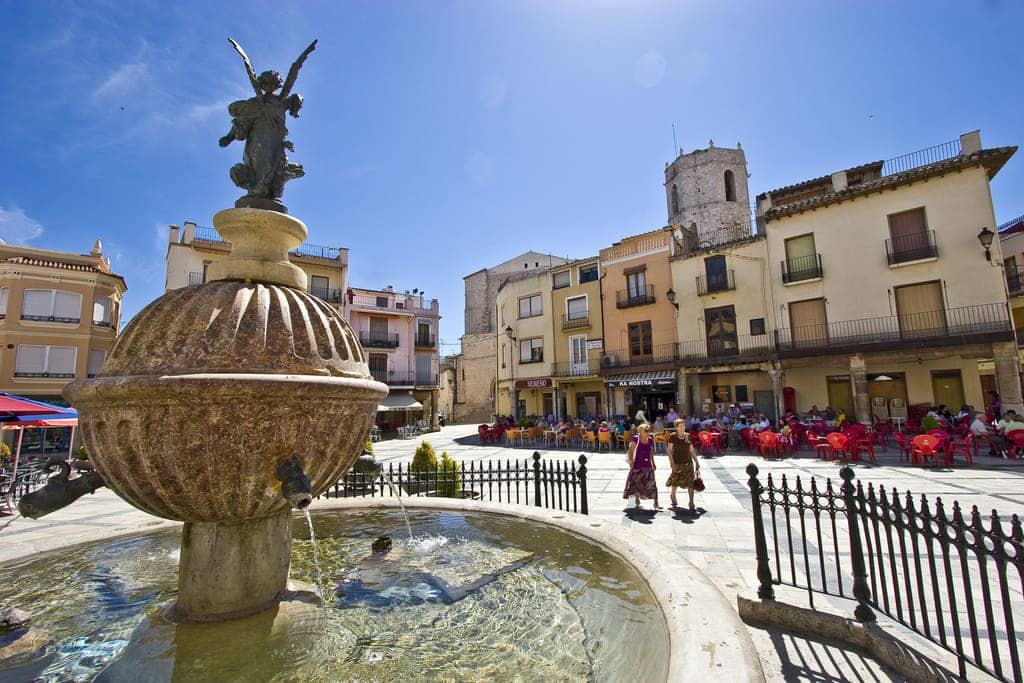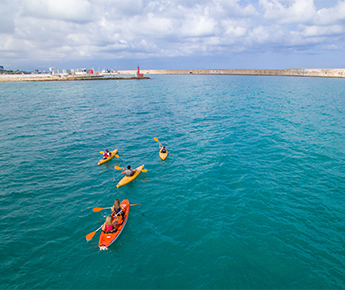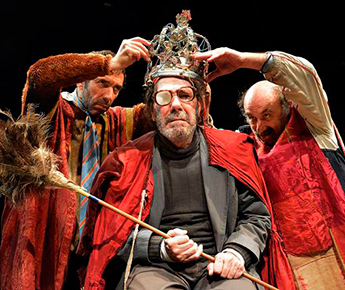
The Maestrat region

Benicarló is located in an extremely attractive region. Here are some different routes you can try:
Route of the Thousand year old Olive Trees
To start with, there is the wonderful Route of the Thousand year old Olive Trees. Although there are some specimens in our town, the area comprising La Jana, Canet lo Roig and Traiguera is where there are real forests of these grand monumental trees, not to mention the high quality olive oil they produce.
Traiguera
The inland village of Traiguera is less than 20 minutes from Benicarló, and is famous for its pottery workshop. The gothic-renaissance style parish church here with its bell tower and parish museum (dated fifteenth / sixteenth century) is interesting for visitors, as is the ‘Real Santuario de la Virgen de la Fuente de la Salud’ royal sanctuary (sixteenth century), which was built under orders from Felipe II.
For more information:
Traiguera Tourism
Sant Mateu
Sant Mateu (26 km away) is the historical capital of the Maestrat region and has lots of monuments of historical interest. The archpriest church (thirteenth century), gothic Town Hall (sixteenth century), Borull Palace in gothic style and the Marquis of Villores Palace in Renaissance style (sixteenth century) are well worth seeing. You can also have a look at the Church, History and Palaeontology Museums.
For more information:
Sant Mateu Tourism
Outside the Baix Maestrat region but close by, and well worth a visit are:
Tírig
Tírig (37 Km away), where you can find the Valltorta ravine, one of the most important outdoor centres for cave painting in the world, and declared a World Heritage Site. The Valltorta museum has four exhibition rooms related to Levantine cave paintings, with audio-visuals, a reproduction of the ‘Cave of Horses’ and the chance to have a guided visit and workshop. Levantine cave painting is a heritage of humanity.
For more information:
Tourist info Tírig
Vilafranca
Vilafranca, 90km away, where you can find a gothic Town Hall (fourteenth century), with an altarpiece painted on boards by Valentín Montoliu dated 1455. In the Renaissance Parish Church (1567 to 1572), there is an altarpiece of San Miguel de Bernardo Sierra from 1470. There is also an hermitage called the Virgen del Losar in baroque architecture (eighteenth century). In Puebla del Bellestar you can admire the San Miguel Hermitage, Aduana Tower and the Gothic Bridge.
For more information:
Vilafranca Tourism
Catí
Catí is 52km from Benicarló. The village has an old quarter which takes you back to mediaeval times. Features to see include the Market in civil gothic architecture (1427) and a gothic parish church (fifteenth century) with the Communion chapel, fresco paintings and sgrafitto designs. There is also a Romanesque doorway (thirteenth century) and an altarpiece from the fifteenth century. Avellà hermitage (sixteenth century) with its fountains of high quality water is worth a visit too. Homemade ‘turron’ (a kind of nougat or fudge) and fresh cheese are typical here.
For more information:
Catí Tourism
Alt Maestrat Tourism
Ares del Maestrat
Ares del Maestrat is located 80 km from Benicarló. It is an old village situated at an altitude of 1,200m on top of a stunning rocky mass from where you can see the rugged terrain of the region. The remains of La Mola Castle and cave paintings in Remigia cave are still preserved to this day.
For more information:
Ares Tourism
Benassal
Benassal, 75 km away is renowned for its spa, ‘Balneario de la Font d’en Segures’. In the historic centre of the village are some archaeological remains called ‘Conjunto de la Mola’ (thirteenth century), where the doorway and part of the castle have been preserved and restored to house the region’s archaeological museum. The parish church (eighteenth century) and the museum-house of Valencian writer Carles Salvador are also worth seeing.
For more information:
Tourist Info Benassal
Discover more about Alt Maestrat.
Alt Maestrat Human Land




